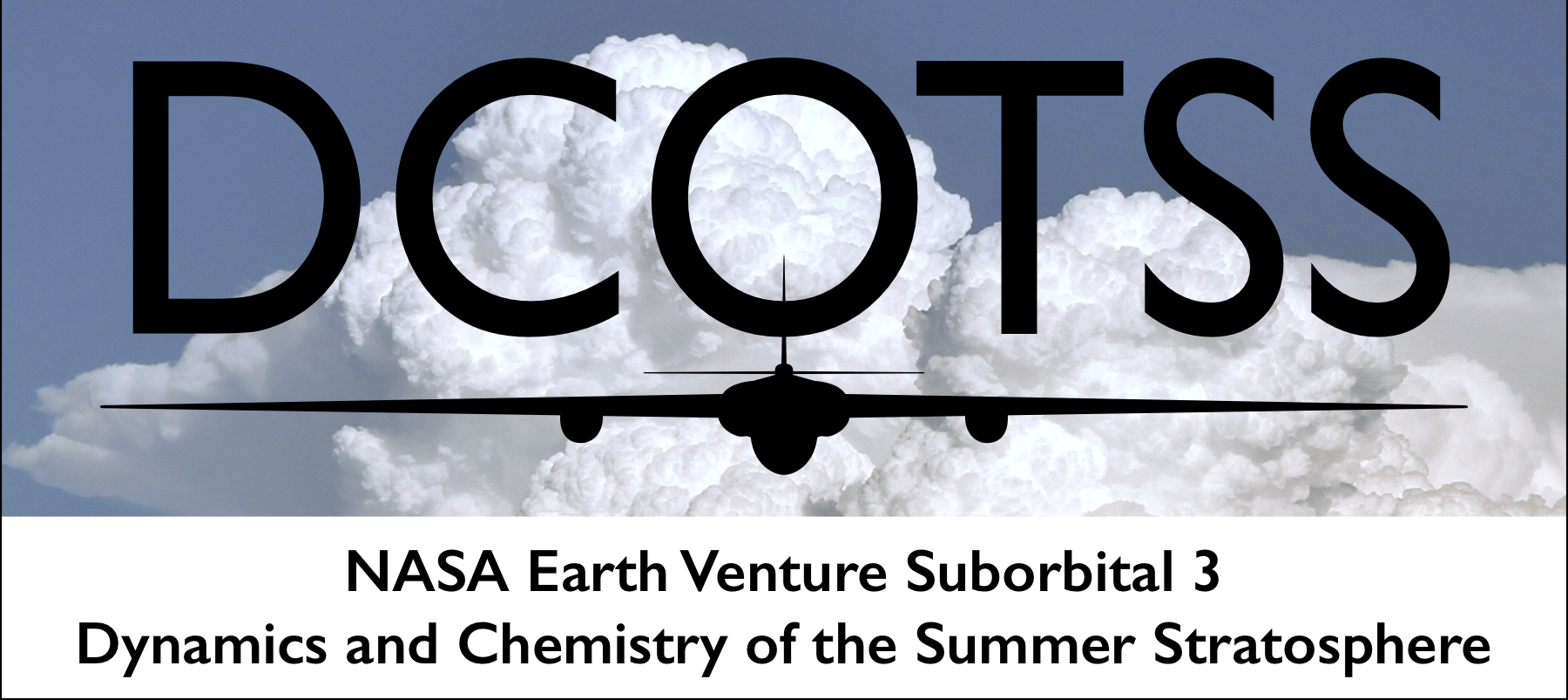

| Overview | Science | Project | Data | People | Publications | News |
DCOTSS collected or otherwise produced 8 unique datasets for post-campaign analysis, all of which are permanently archived and publicly available at the NASA Atmospheric Science Data Center (ASDC). The available datasets are as follows:
Details on the datasets produced and guidelines for their use are available in the DCOTSS Data Management Plan and on ASDC archive pages. Questions about the data should be directed to each dataset's PI, which is listed in the Data Management Plan and otherwise available in the metadata for each DCOTSS file and in the open data workshop materials provided below.
The final DCOTSS open data workshop is being planned as a virtual meeting to be held early summer 2025. Details on registration are forthcoming.
The third DCOTSS open data workshop was held on 14 December 2023, in person at the American Geophysical Union (AGU) Annual Meeting. The 2-hour workshop consisted of an open forum (group and one-on-one discussions) with community members and many DCOTSS data and science PIs.
The second DCOTSS open data workshop was held on 8 December 2022. The 1.5-hour workshop consisted of a detailed campaign overview presentation, a short demonstration on data access, a short demonstration on data analysis for a 2021 DCOTSS research flight, and a brief period of open discussion. There were 36 external registrants for the workshop. Access to all workshop materials, including a recording:
The first DCOTSS open data workshop was held on 7 December 2021. The 4-hour workshop consisted of a brief overview presentation, 10-min presentations for all instrument data and other key project datasets, and several breakout sessions for public Q&A on each dataset. There were 19 external registrants for the workshop. Access to all workshop materials, including a recording: